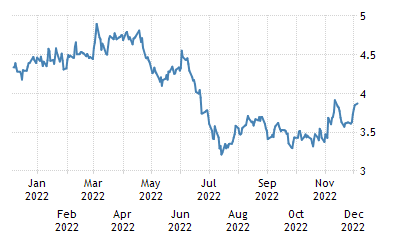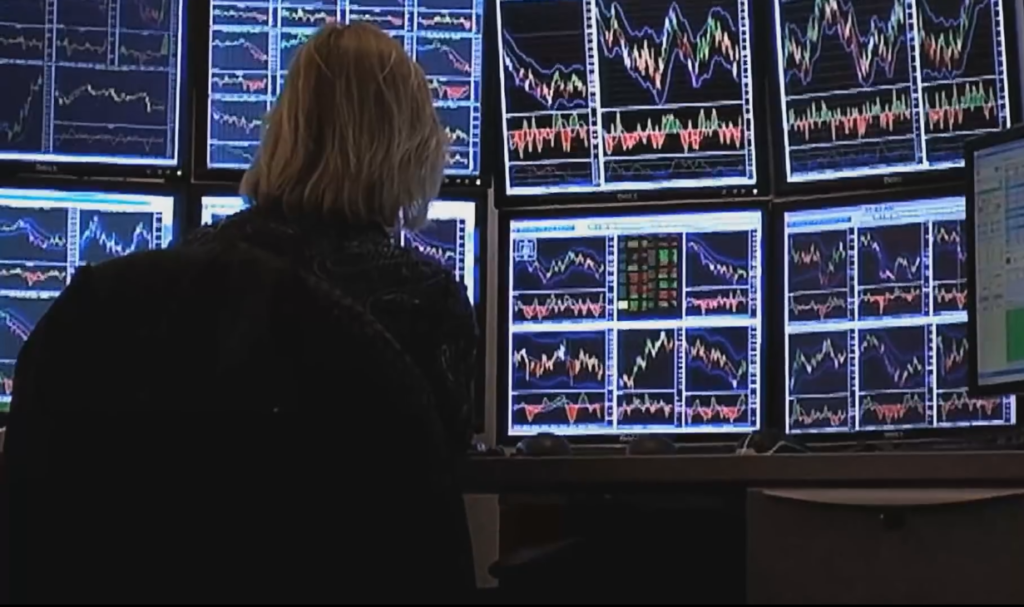
A foreign exchange swap (also known as FX or forex swap) is the simultaneous sale and purchase of currency. This may include the use of foreign currency derivatives. You may be able to get exposure to different currencies, which can provide a number of benefits. Here are some examples.
Foreign exchange swap
A foreign exchange swap (also known as a Forex swap, FX swap, or Forex swap) is a financial transaction where one currency is exchanged for the currency of another. This transaction may involve foreign exchange derivatives. This is a popular method to trade currencies. It is however, risky.
Companies use currency swaps to hedge their risks. To hedge their risk, companies can borrow currency in one nation and then exchange it for currency in another country at a lower rate. This method is particularly helpful for companies that operate in different currencies or for those who wish to borrow large amounts without the risk of currency fluctuations.

Foreign exchange basis swap
Foreign exchange base swap is a derivative between two currencies. The basis points represent the swap's interest rate. One basis point equals 0.01%. The swap rate plunged below -1.2% after 2008's Lehman failure. Since then, swap rates have fluctuated. The swap amount is equal in value to the spot rate of the currencies.
A basis swap allows banks to convert a dollar liability into a euro liability. This allows the bank the ability to borrow in euro currency more easily.
Overnight swap
FX traders are able to benefit from the interest rate differential of currency pairs during the overnight. A currency pairing with a large positive differential in interest rates can be in favor for long periods. To receive an attractive interest rate on overnight swaps, traders can leverage their relationship with brokers. You can also open two separate accounts to hedge your positive interest rates with different brokers.
FX overnight loans are not as risky as conventional short-term loans. There is no default risk as the swapped amount serves to secure the loan. However, a cross-currency swap is slightly riskier. If the counterparty fails or is unable to make its interest payments on time, the default risk will occur.

Currency swap with central banks
A currency swap refers to a transaction where one country's central banks provide liquidity to the central banks of other countries. This arrangement is also known to be a central banking liquidity swap. A currency swap makes it easier for central banks in one country to buy currency in another country.
Currency swaps are a great way of supporting the currency of another nation. They are able to stabilize currencies and help prevent devaluation in their home currency. In order to conduct a currency swap, a central bank must have the authority to swap currencies.
FAQ
What is security?
Security can be described as an asset that generates income. Shares in companies are the most popular type of security.
A company may issue different types of securities such as bonds, preferred stocks, and common stocks.
The earnings per share (EPS), and the dividends paid by the company determine the value of a share.
When you buy a share, you own part of the business and have a claim on future profits. If the company pays a payout, you get money from them.
You can sell your shares at any time.
Are stocks a marketable security?
Stock is an investment vehicle that allows you to buy company shares to make money. This is done via a brokerage firm where you purchase stocks and bonds.
You could also invest directly in individual stocks or even mutual funds. In fact, there are more than 50,000 mutual fund options out there.
The key difference between these methods is how you make money. Direct investment allows you to earn income through dividends from the company. Stock trading is where you trade stocks or bonds to make profits.
In both cases, ownership is purchased in a corporation or company. However, when you own a piece of a company, you become a shareholder and receive dividends based on how much the company earns.
Stock trading is a way to make money. You can either short-sell (borrow) stock shares and hope the price drops below what you paid, or you could hold the shares and hope the value rises.
There are three types of stock trades: call, put, and exchange-traded funds. Call and Put options give you the ability to buy or trade a particular stock at a given price and within a defined time. ETFs are similar to mutual funds, except that they track a group of stocks and not individual securities.
Stock trading is a popular way for investors to be involved in the growth of their company without having daily operations.
Stock trading can be a difficult job that requires extensive planning and study. However, it can bring you great returns if done well. This career path requires you to understand the basics of finance, accounting and economics.
What are the benefits to owning stocks
Stocks are more volatile that bonds. Stocks will lose a lot of value if a company goes bankrupt.
But, shares will increase if the company grows.
To raise capital, companies often issue new shares. This allows investors to purchase additional shares in the company.
To borrow money, companies use debt financing. This allows them to get cheap credit that will allow them to grow faster.
Good products are more popular than bad ones. Stock prices rise with increased demand.
As long as the company continues to produce products that people want, then the stock price should continue to increase.
Statistics
- Our focus on Main Street investors reflects the fact that American households own $38 trillion worth of equities, more than 59 percent of the U.S. equity market either directly or indirectly through mutual funds, retirement accounts, and other investments. (sec.gov)
- US resident who opens a new IBKR Pro individual or joint account receives a 0.25% rate reduction on margin loans. (nerdwallet.com)
- For instance, an individual or entity that owns 100,000 shares of a company with one million outstanding shares would have a 10% ownership stake. (investopedia.com)
- The S&P 500 has grown about 10.5% per year since its establishment in the 1920s. (investopedia.com)
External Links
How To
How to trade in the Stock Market
Stock trading is a process of buying and selling stocks, bonds, commodities, currencies, derivatives, etc. Trading is French for "trading", which means someone who buys or sells. Traders sell and buy securities to make profit. This is the oldest type of financial investment.
There are many options for investing in the stock market. There are three basic types of investing: passive, active, and hybrid. Passive investors simply watch their investments grow. Actively traded traders try to find winning companies and earn money. Hybrids combine the best of both approaches.
Passive investing can be done by index funds that track large indices like S&P 500 and Dow Jones Industrial Average. This approach is very popular because it allows you to reap the benefits of diversification without having to deal directly with the risk involved. You can just relax and let your investments do the work.
Active investing involves picking specific companies and analyzing their performance. An active investor will examine things like earnings growth and return on equity. They decide whether or not they want to invest in shares of the company. They will purchase shares if they believe the company is undervalued and wait for the price to rise. On the other side, if the company is valued too high, they will wait until it drops before buying shares.
Hybrid investing is a combination of passive and active investing. For example, you might want to choose a fund that tracks many stocks, but you also want to choose several companies yourself. This would mean that you would split your portfolio between a passively managed and active fund.